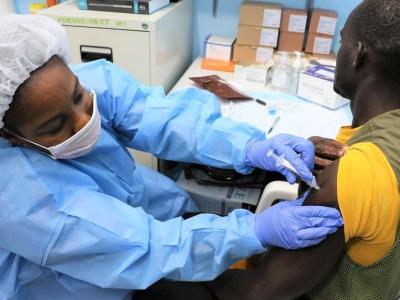Southern Hemisphere flu activity continues to ebb
Levels of flu and other respiratory viruses are declining in the Southern Hemisphere, with little activity or only sporadic detections elsewhere, the World Health Organization (WHO) said in a global flu update yesterday, based on data as of the first week of October.
The only exceptions are Cuba, which reported high numbers of severe respiratory infections, mainly related to the 2009 H1N1 strain and respiratory syncytial virus (RSV), India, and Laos. India's flu activity is mainly due to 2009 H1N1, while H3N2 is responsible for most of the flu activity in Laos.
Flu activity in Australia and New Zealand is declining after peaks in the middle of August. Influenza B is the current dominant strain there, and flu levels in New Zealand are just above the seasonal threshold, according to the WHO.
Flu levels were at low or interseasonal levels in Northern Hemisphere countries.
Of flu viruses recently characterized by national influenza centers, about 67% were influenza A, and of the subtyped influenza A samples, 70% were H3N2 and the rest 2009 H1N1. Of the flu B viruses that were characterized, 67% belonged to the Yamagata lineage, the one recommended for Northern Hemisphere trivalent seasonal flu vaccines.
Oct 19 WHO global flu update
Nigeria reports 3 H5N1 outbreaks affecting 6,000 poultry
Nigeria is reporting three more outbreaks of H5N1 avian flu in farm poultry in Rivers state, the country's hardest-hit region, according to a report posted by the World Organization for Animal Health (OIE) yesterday.
The outbreaks began Oct 13 or Oct 15 in flocks ranging from 257 to 3,000 egg-laying chickens. All told, 510 of 6,157 susceptible birds died from the disease, and the rest were culled to prevent disease spread. Samples tested positive on Oct 17.
Response measures such as disinfection of the premises and control of poultry movement have been deployed, agriculture officials said. The country has had 95 H5N1 outbreaks so far this year.
Oct 19 OIE report










